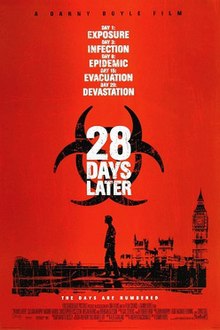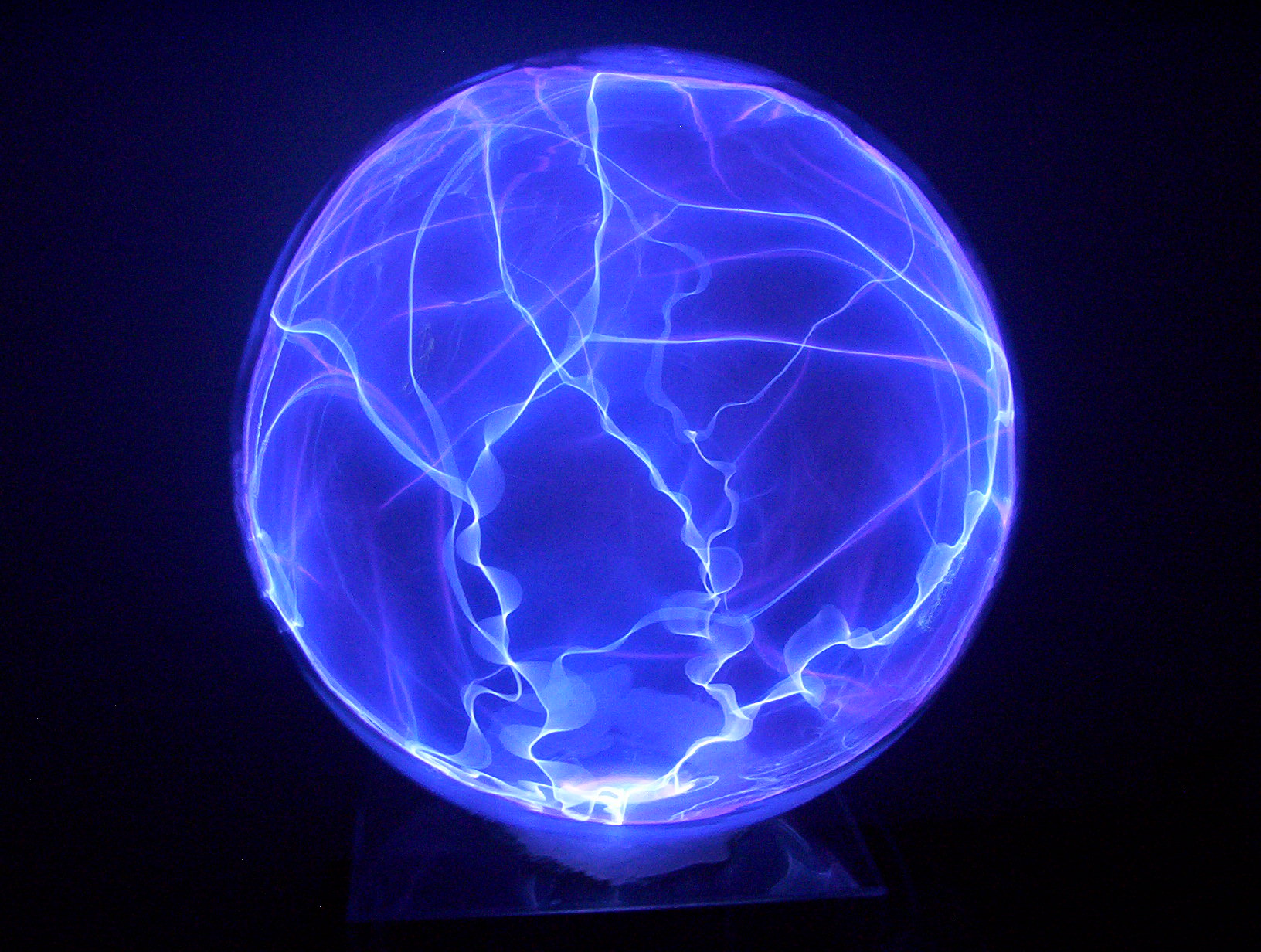 |
| Look how dead and scary the swamp looks. Courtesy of Spork Spelunking |
You have heard the saying as a campaign slogan from the president-elect on numerous occasions and to anyone that has studied ecology, this really shows the depth of his understanding of biology or science in general.
That is, it is not very deep. What else is new?
This is because swamps, marshes and other types of wetland ecosystems are valuable, important real estate when it comes to providing needs to humans. You can see the value of wetlands if you are fortunate enough to live within driving distance of a wastewater treatment plant that handles sewage.
If you ever decide to take a tour of a wastewater treatment facility, you will learn that the primary movers for water treatment comes from microorganism growth in large tanks called bioreactors. The magic happens when the sewage water comes into contact with bacteria that are hanging onto sewer sludge and they grow, consuming the organic compounds and leaving byproducts that are harmless and don't attract unwanted pathogens. The result is remarkably clean water that is safe to drink once the water is sanitized, usually with chlorine solutions.
 |
| Courtesy of American Water College |
So what does this have to do with swamps? The two things that bioreactors absolutely need to operate, besides tax dollars, is standing water and bacteria. Swamps have this in spades plus bonuses, including trees, soil access to ground water, and an adaptive ecosystem that provides for wildlife. All of those bonuses are invaluable to humans and can be measured monetarily by environmental scientists and biologists in a concept called ecosystem services. The best part about these services is that if they are smartly managed they can be used without spending much if any money.
 |
| Some techniques incorporate some swamp features into wastewater treatment. Wikipedia |
Draining the swamp is a phrase used to evoke an image of improving a piece of land, getting rid of toxic water to make way for farming on the fertile, nutrient rich soil that is left behind. Its an old phrase that certainly dates the president-elect. Donald Trump uses it to insinuate that Washington is full of toxic components (i.e. public officials, lobbyists and lawmakers) that he will remove and replace with more useful components, his pick of whom he considers Washington outsiders. I guess in terms of the biological analogy, he wants to remove toxic water and replacing it with corn or wheat, although scientists would probably say he is planting salt instead.
Before people applied scientific research towards understanding wetlands, it was true that swamps became more profitable when they were drained and a farm was grown on it. However, once the soil ran out of nutrients, the land was useless for farming unless water was imported and fertilizers were used. Fertilizers are notorious for being costly and damaging because of farmer's dependence on them and environmental consequences from run-off. Now it's known that if you leave a swamp intact and farm on it with crops that are adapted to the environment such as rice, you can preserve your fertilizing potential and the water supply. Not to mention preserving fish nurseries for the enjoyment of local anglers.
I saw this in action when I volunteered with Honko Mangrove Education and Conservation on the island nation of Madagascar. Villagers there took value in their mangrove swamps by farming reeds for basket weaving, by ecotourism, harvesting wood, and by fishing in the channels for crabs, invertebrates and small fish. The alternative was to bulldoze the land and make a shrimp farm that lasts a few years before collapsing and leading to a long recovery. Profitable in the short term, but devastating to the people that live there.
 |
| A Malagasy marsh near the mangroves of Ambondrolava |
So what I say in response to Donald Trump is this: save the swamp. You can make alterations to the swamp and make it more beneficial to people, you can even change the size of the swamp if that helps; but don't drain the swamp. We need the swamp.
 |
| Look how happy that swamp house is! Courtesy of Flickr creative commons |
References:
The Economics of Ecosystems and Biodiversity initiative
EPA: How Wastewater Treatment works
Clarkson BR, Ausseil AE, Gerbeaux P 2013. Wetland ecosystem services. In Dymond JR ed. Ecosystem services in New Zealand – conditions and trends. Manaaki Whenua Press, Lincoln, New Zealand.
And if you care about Trump's drain the swamp idea
Trump pledges to drain the swamp
Donald Trump's talk of 'draining the swamp' rings hollow
What ‘drain the swamp’ really means

















